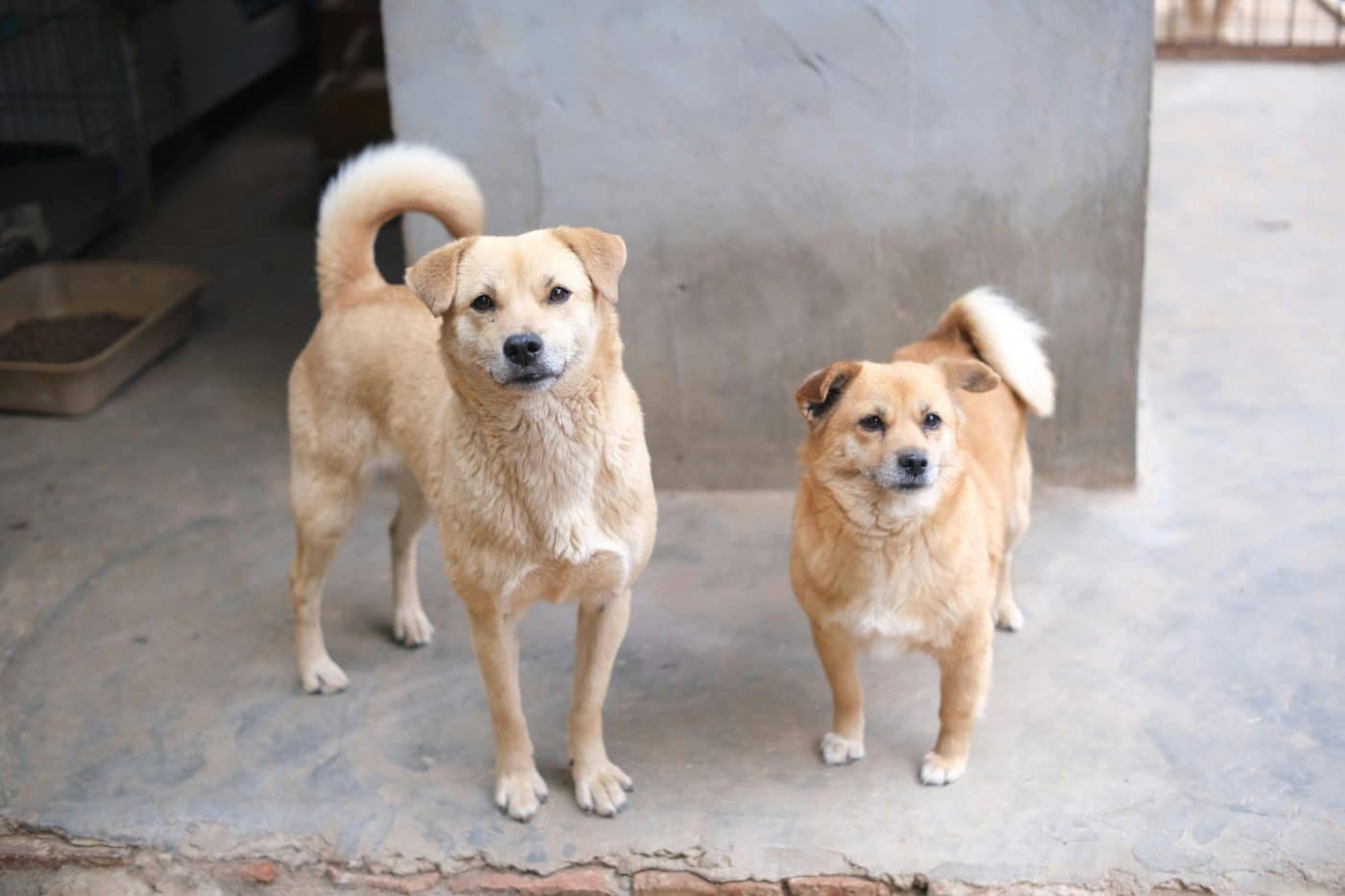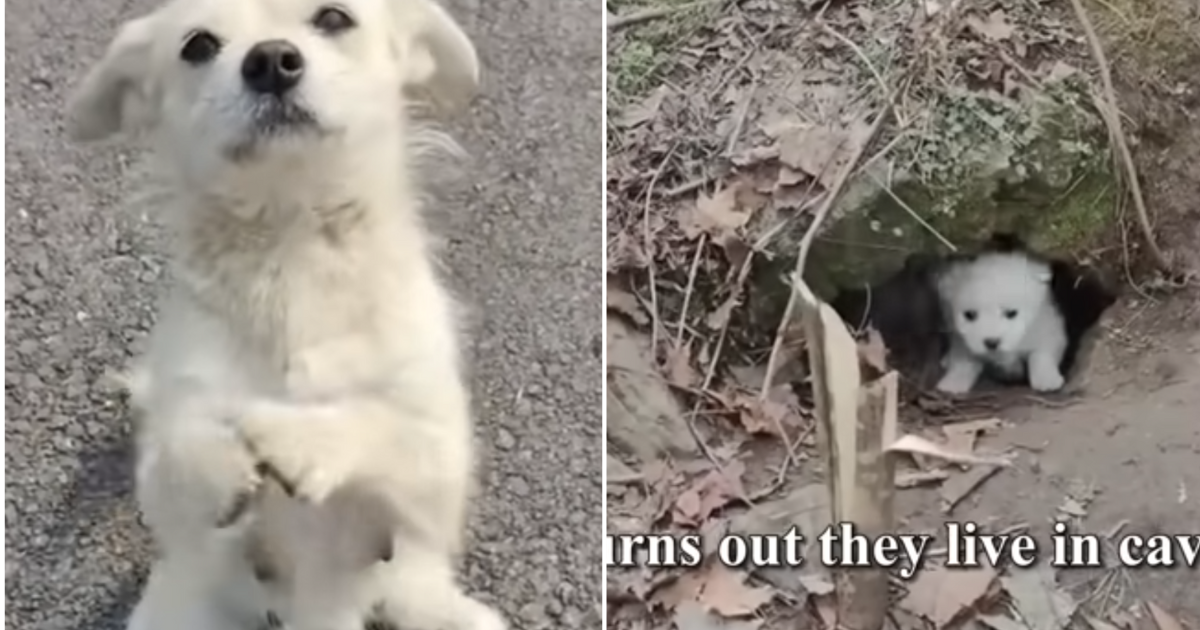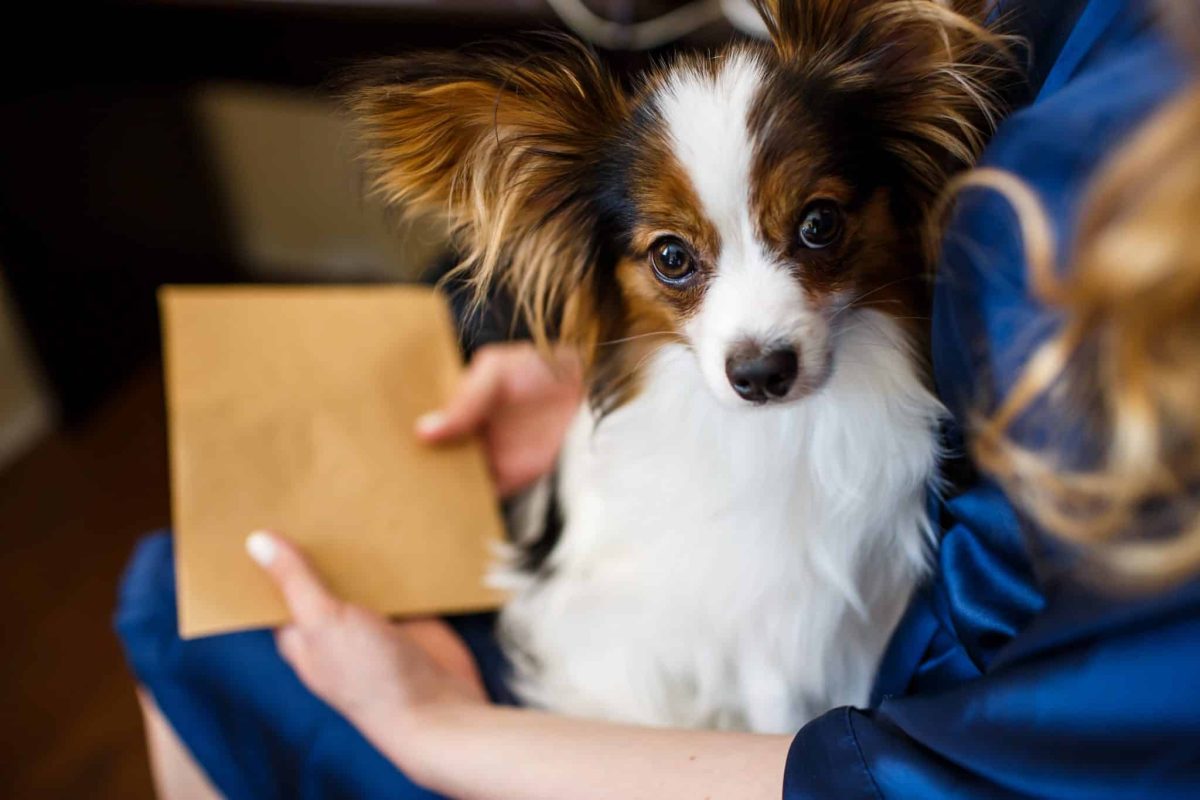 Shutterstock
Shutterstock
A wagging tail is often seen as a sign of happiness, but canine communication is much more complex. While dogs wag joyfully, their tails also express emotions like nervousness, alertness, or even irritation. A wag’s speed, direction, and position can reveal what your pup is feeling. You’re not alone if you’ve ever misread a wag and been met with a growl or hesitant retreat. Dogs have intricate language, and their tails play a huge role in communicating their emotions and intentions. Understanding their tail talk helps strengthen your bond.
A Nervous Wag That Says, “I’m Not So Sure About This”
 Shutterstock
Shutterstock
Not all tail wags mean “I’m thrilled to see you!” Sometimes, dogs wag their tails when they’re feeling unsure or uncomfortable in a situation. This type of wag is usually slower and may be accompanied by stiff body posture or cautious movements. You’ll often see this when a dog encounters a new person, an unfamiliar object, or an environment they don’t quite trust. They say, “I’m assessing this situation, and I’m not fully convinced it’s safe yet.”
The High-and-Mighty Wag of Alertness
 Shutterstock
Shutterstock
A dog holding its tail high and wagging it stiffly isn’t necessarily thrilled—it’s more likely on high alert. This type of wag is often seen in working breeds or naturally confident dogs when they sense something unusual in their environment. They say, “I’m in charge here, and I’m watching closely.” If your dog suddenly holds its tail high and gives a slow, deliberate way, it could mean they’re sizing up a situation and getting ready to react.
The Slow Wag of Skepticism
 Shutterstock
Shutterstock
If a dog’s tail wags at a snail’s pace, it might not be a sign of friendliness but uncertainty. A slow wag can indicate that a dog is thinking through a situation and hasn’t decided whether to be comfortable or concerned. This is common in rescue dogs who are meeting new people or dogs for the first time. It’s their way of saying, “I don’t hate this, but I’m not sure if I like it either.”
The Low, Fast Wag That Screams Submission
 Shutterstock
Shutterstock
Some dogs wag their tails rapidly while keeping them tucked low, indicating submission or appeasement. This is often seen when a dog feels intimidated or avoids conflict. You might notice this when scolding your pup for chewing your shoes, and they respond with a wag that looks guilty. It’s not necessarily a sign of fear but rather a way for them to say, “I come in peace! Please don’t be mad!”
The Left-Leaning Wag That Signals Something’s Off
 Shutterstock
Shutterstock
Dogs have a surprising ability to wag their tails asymmetrically, and research suggests that the direction of the wag can indicate their emotional state. A tail wagging more toward the left side of the body is often associated with negative emotions, like anxiety or uncertainty. This could happen when they encounter something unfamiliar or stressful. If your dog is wagging to the left and looking uneasy, giving them space or reassurance might be best.
The Right-Sided Wag of Relaxation
 Shutterstock
Shutterstock
On the flip side, a tail wagging to the right is often a good sign—it suggests a dog feels relaxed and confident. Studies show that dogs tend to wag more to the right when greeting their owners or encountering something positive. This kind of wag is a green light for interaction, as it generally signals friendliness and comfort. To check your dog’s mood, consider which direction their tail favors!
The Hyper-Speed Wag That Means “Too Excited to Function”
 Shutterstock
Shutterstock
Some dogs wag their tails so fast it looks like a blur, but this doesn’t always mean they’re just happy—it can also signal overexcitement. A dog that’s too worked up might jump, bark excessively, or have trouble calming down. This is often seen in high-energy breeds that have difficulty controlling their enthusiasm. While this kind of wag is usually harmless, it’s a good idea to help your dog settle before they get too overstimulated.
The Half-Wag of Indecision
 Shutterstock
Shutterstock
A dog that gives a small, half-hearted wag isn’t entirely sure how they feel about a situation. This is often seen in dogs greeting a stranger but unsure whether they should be excited or cautious. It’s the dog equivalent of an awkward wave—friendly but hesitant. If you see a half-wag, give your dog a moment to decide how they feel before assuming they’re completely comfortable.
The Wag That Means “I’m About to Cause Trouble”
 Shutterstock
Shutterstock
Some dogs wag their tails right before they do something mischievous, almost like they’re hyping themselves up. You might notice this when they’re about to steal food from the counter or zoom around the house like a maniac. This playful wag is often accompanied by a mischievous glint in their eyes and a slightly lowered body posture. It’s their way of saying, “I know I shouldn’t do this, but I’m going to anyway.”
The Secret Code Behind Those Furry Flicks
 MidJourney
MidJourney
Dogs may not speak our language, but their tails do plenty of talking. While we often associate wagging with happiness, the reality is far more complex—tail wags can signal everything from uncertainty to mischief. Understanding these subtle cues helps us read our furry friends better, strengthening our bond and ensuring they feel safe and understood. So, the next time your dog wags its tail, don’t just assume they’re happy—pay close attention because they might just be trying to tell you a whole different story!

 3 weeks ago
16
3 weeks ago
16


















 English (US) ·
English (US) ·